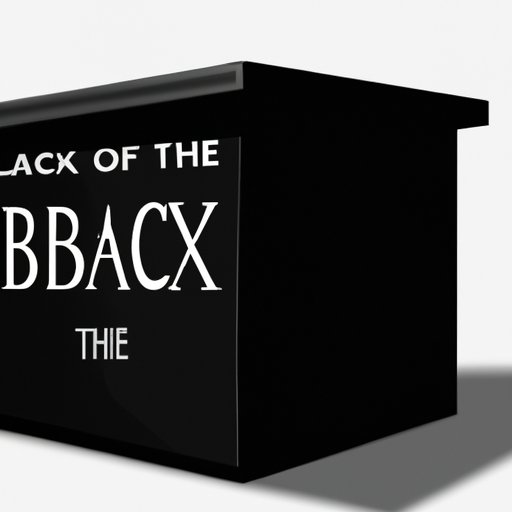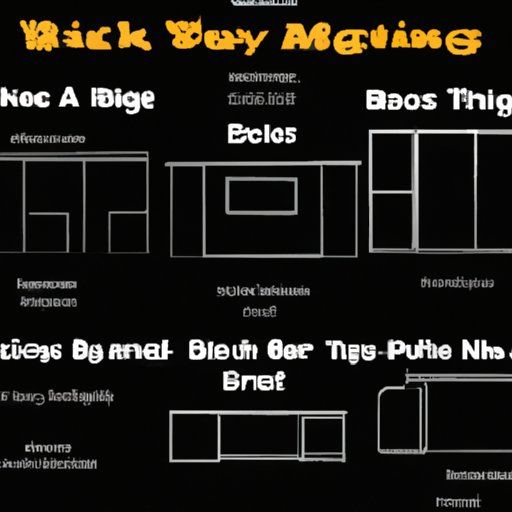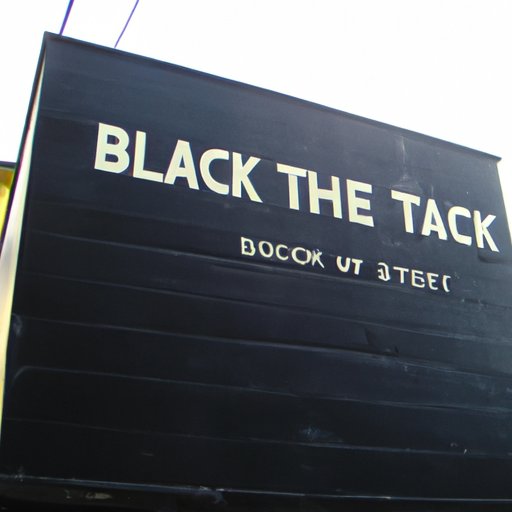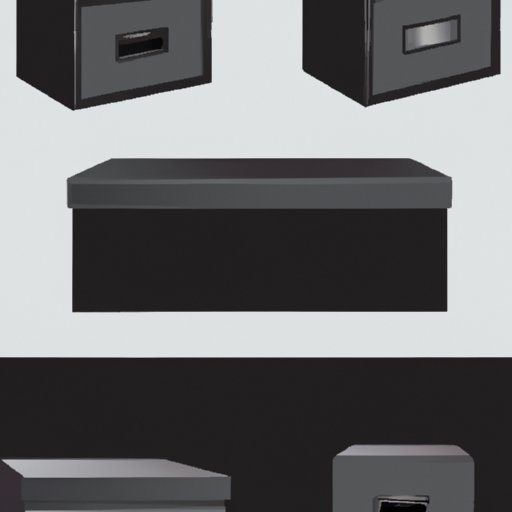Introduction
A black box theater is an adaptable performance space that can be used for a variety of theatrical productions. Its flexibility makes it an ideal choice for small theaters, schools, and other venues. It has numerous benefits, such as cost savings, convenience, and the ability to create an intimate atmosphere. This article will explore what a black box theater is, how it can be used, its history, and some notable examples from around the world.

Definition of Black Box Theater
A black box theater is a type of theater that is characterized by its simplicity and versatility. It typically consists of a large, empty room with black walls and a flat floor. This creates a “blank slate” that can be transformed into any type of performance space. It is often used for experimental or alternative forms of theater, such as improvisation, puppetry, and physical theater. The black walls absorb sound, creating an intimate atmosphere for the audience.
Benefits of a Black Box Theater
The main benefit of a black box theater is its cost savings. Since there is no need to purchase or rent expensive sets and props, production costs are significantly lower. Additionally, since the space can be quickly and easily transformed, there is less time and money spent on set changes between performances. Furthermore, black box theaters are highly adaptable, making them suitable for a wide range of productions. They can also accommodate a variety of seating arrangements, allowing for greater flexibility when it comes to ticket sales.
How to Use a Black Box Theater
Using a black box theater effectively requires careful planning. Producers must consider the size and shape of the space, the number of actors and crew members, and the type of production. Utilizing the space effectively means finding ways to make the most of the limited space. For example, props and set pieces should be kept to a minimum, and the cast should be mindful of blocking in order to maximize the use of the stage area.

Tips for Designing a Black Box Theater
Designing a black box theater requires creativity and resourcefulness. Producers should use every inch of the available space, including the walls and ceiling. Lighting, costumes, and props should be chosen carefully to ensure they do not distract from the performance. Additionally, producers should take advantage of the theater’s acoustics to create an immersive experience for the audience.

The History of the Black Box Theater
The black box theater originated in Europe during the early 20th century. It was initially used as a training ground for actors and directors, as well as a space for experimental and avant-garde theater. In the United States, the black box theater became popular in the 1960s, when Off-Off-Broadway theaters began to proliferate. Since then, it has become a staple of the American theater scene.

Different Types of Black Box Theaters
There are several types of black box theaters, each with its own unique characteristics. Some theaters, such as the one at the University of California, Irvine, feature a thrust stage, which projects out into the audience. Others, such as the Long Wharf Theatre in New Haven, Connecticut, feature a flexible seating arrangement, which allows for multiple configurations.
Famous Black Box Theaters Around the World
Black box theaters have become popular around the world. Some of the most famous examples include the La MaMa Experimental Theatre Club in New York City, the Royal Court Theatre in London, and the Théâtre de la Ville in Paris. These theaters have made significant contributions to the theater world, producing innovative works and launching the careers of many prominent actors and directors.
Conclusion
The black box theater is an incredibly useful and versatile performance space. It offers numerous benefits, such as cost savings, convenience, and the ability to create an intimate atmosphere. It also has a rich history, with many famous black box theaters around the world. Thanks to its flexibility and affordability, the black box theater is here to stay.
(Note: Is this article not meeting your expectations? Do you have knowledge or insights to share? Unlock new opportunities and expand your reach by joining our authors team. Click Registration to join us and share your expertise with our readers.)
